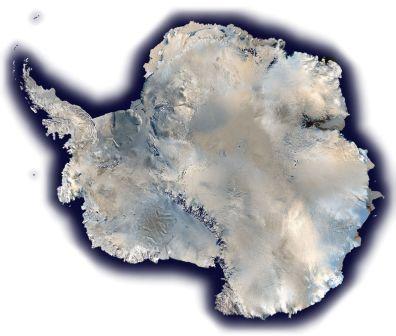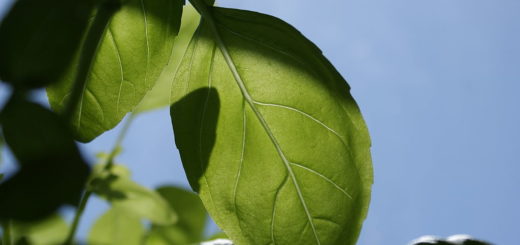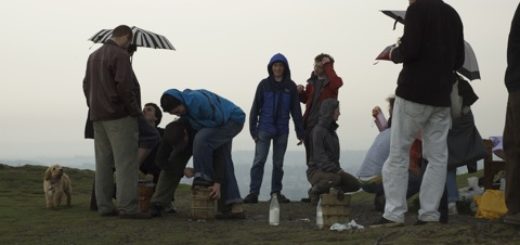Making Ice Cream in the Land of Ice
Close your eyes and think about Antarctica. You will probably think of ice-bergs, pack ice, icy waste lands…generally a whole lot of icy thoughts. This is for good reason as 90% of the world’s ice is found on the continent.

As part of my work a researcher at the University of Stellenbosch, I am privileged enough to visit this icy land periodically to undertake biological surveys. When I got word that I would be heading South this year, naturally, the first thing I packed to take with me to this land of ice was my trusty ice-cream maker.
Although some of the key components of ice-cream (like ice) are in plentiful supply in Antarctica, others are considerably harder to get hold of… crucially the ‘cream’ part of ‘ice-cream’ is rather illusive. There had been much speculation amongst the Triple Motion crankers about how to best overcome this problem. One suggestion was to utilize the local wildlife as Peter discovered that seal milk has approximately the same fat content as double cream. Unfortunately, this ingenious solution has a couple of problems. First, I am not sure I fancy getting that close to a lactating seal (they have big teeth and are not afraid to use them), second, even if I did manage to get close enough to get some milk I have a strong suspicion it would have a rather fishy flavor which possibly would not enhance the finished product! This left me with a quandary, either I deviate from the proud tradition of using the best quality, freshest produce or I give up on the dream of making ice-cream in Antarctica. In the end I decided that life was about living outside the box so before departure from South Africa I stocked up on UHT dairy products.
Being the eager beaver that I am I was keen to crank at the first available opportunity upon arrival in the Antarctic. Since the Antarctic officially begins at 66.5 degrees South, and this in many places (including the place I was) happens to be in the middle of the ocean, my first cranking experience in the Antarctic occurred on the back of the South African National Antarctic Programme’s polar research vessel, the SA Agulhas.
Crossing into the Antarctic Circle is a big deal for mariners and the occasion is marked with a ceremony whereby ice-virgins (i.e. those who have not been to Antarctica before), ask Neptune for permission to enter his ice kingdom, which he grants…but only at a price. The price is a good dunking in some cold seawater and an egg on the head – all good clean fun!
To add to the occasion I hauled out the hallowed machine and got cranking. I was somewhat perplexed by what flavor to make. With no cooking or food storage facilities available to me on board, I needed a recipe which did not require any complex preparations. Classic vanilla was an option but I thought that the UHT cream may be a bit over powering, my second choice would have been whisky and honey but alcohol is prohibited on board so that was not an option either.  In the end I settled on a South African favorite – Milo (a type of malted chocolate drink).  The recipe was as follows:
- 600 ml UHT cream
- 1 cup Milo powder dissolved in hot water
- ½ cup sugar
- Top up with full cream UHT milk
- (alas no eggs were available as they had all been smashed on the ice-virgins heads!)
From the start I had my suspicions that this was not going to be a high point in ice-cream gastronomy but I figured that the point of this ice-cream adventure was the novelty of the location rather than the novelty of the flavour.
The spectacle certainly attracted quite a crowd and the irony of making ice-cream whilst being surrounded by ice was not lost!
The end result well received by the intrigued audience but I suspect that this had more to do with the fact that most of them had never tasted the delights of homemade ice-cream rather than because this was a particularly spectacular batch! In particular I felt it suffered from the lack of egg which meant it did not emulsify as well as it might and had an ever so slightly grainy texture.
As I head further into the depths of the Antarctic (will eventually be at somewhere between 71 and 72 degrees South) I will have another cranking session and try and refine this ‘long-life’ ice-cream concept some more….any suggestions as to how to do this would be appreciated!





The race for the most southerly White Mountain has begun! Sounds like quite an experience. I’m curious how the Milo flavour worked out. I ended up drinking my share of that stuff in Ghana, despite its lack of real chocolatey-ness…
We are looking forward to the 72° batch!
I am impressed (though having been on the receiving end, not surprised) at your powers of persausion. Getting others to help make ice-cream on the deck of the little red ship in the middle of the ice and then eat it is even more impressive than coming up with a recipe from the available ingredients in the first place. I think there might have been a touch of cabin fever about! Looking forward to seeing and reading about what you can come up with at base (apart from the world class science of course). Go girl!